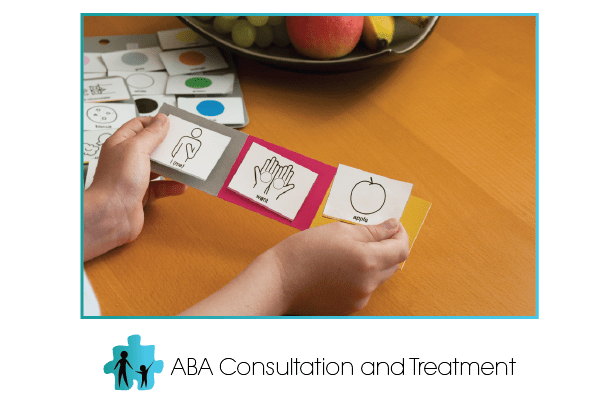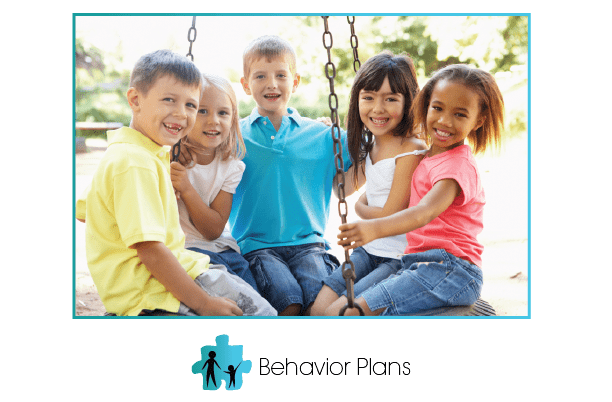“No significant learning occurs without a significant relationship,” said Dr. James P. Comer, world-renowned child psychiatrist with the Yale University School of Medicine. Simply put, rapport building is the foundation of effective communication. Therefore, when a student begins therapy with us at Steinberg Behavior Solutions, our priority is to establish a relationship. We’ve learned that building a rapport or ‘pairing’ as it is known to Applied Behavior Analysis (ABA) therapists is invaluable for the student and the therapist as well. Our experience has shown us that pairing reduces the likelihood of new students exhibiting problem behaviors during sessions. They are more likely to cooperate and try new and challenging things. For the therapist, pairing helps them achieve the individual goals established for each student.
However, all of this does not happen overnight. In fact, pairing is often unstructured and takes time to develop. For many parents, times which looks like unproductive play time is actually extremely productive. It is the building of a crucial foundation between the therapist and student.
Step 1: Avoid Turn-Offs
Pairing often begins with avoiding turn-offs. This means trying not to say ‘no’ to the student. Essentially, the first few therapy sessions should involve no instructions at all. The goal of pairing with your student is to build a rapport, to get them to like you and establish instructional control. If you’re constantly telling them to do things, they may not like working with you. Therefore, let your student be as independent as possible during those initial sessions. Also, if you are going to say “no”, offer alternatives of what the child can do versus what they cannot do.
Step 2: Identify Reinforcers
Second, a therapist must identify their student’s reinforcers. Often therapists will interview parents, teachers and caregivers to identify the student’s preferences. Then those objects, activities or foods will be offered to further develop the pairing relationship.
As an example, if your student enjoys the park, then take them there and play. Initially, this can be done freely. But the student should eventually demonstrate a desirable behavior before the reinforcement of the park is offered. If they understand that you’ve got the capability to take them to the park, they are more likely to produce the desired behavior. After pairing is established, you may say, “first lets complete a homework assignment, then we can go to the park”.
Step 3: Introduce Games
Third, introduce games and activities to the student, but understand that building rapport is not strictly about playing games. Whatever activities you decide to do with your student, make sure that it is more fun to engage in the activity with you rather than without you. While doing this, make sure to allow room for the student to be spontaneous and interact.
As an example, if your student likes to stack LEGO’s as opposed to building with it, then join them in this activity. It’s important for therapists to remember to play in the fashion that the student enjoys. This can spell the difference successful and unsuccessful pairing.
Final Thoughts
With continued experience, many therapists learn that pairing is not something they can engage in for a few hours, days or weeks with a new student. It is an approach that must be used on an ongoing basis with all of their students regardless if they are seasoned or first-time clients. You will know if the pairing with your student has worked when the child regularly approaches you wanting to play. Other behaviors indicative of rapport are the child smiling, making eye contact with the therapist, and being in close proximity to the therapist. Remember, successful pairing illustrates to the student that you are fun to be around and good things happen when you work together.



